Hellzapoppin (1941)
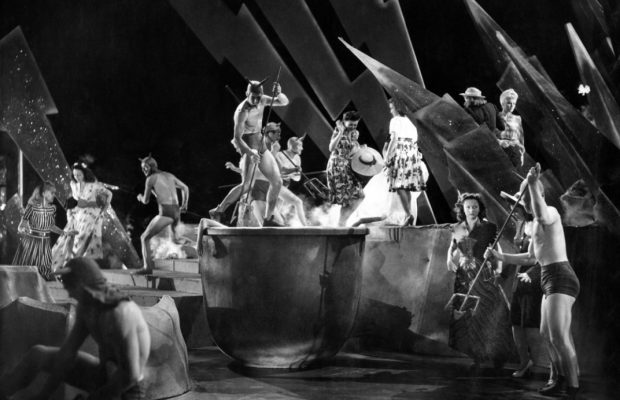
Toronto Film Society presented Hellzapoppin (1941) on Monday, August 21, 1967 as part of the Season 19 Summer Series “Thirties to Forties”, Programme 5.
Putting Pants on Philip USA 1926 Silent 22 mins b&w 16mm
Production Company: Hal Roach Studios. Producer: Hal Roach. Supervised by: Leo McCarey. Directed by: Clyde Bruckman. Editor: Richard Currier. Titles: H.M. Walker.
Cast: Stan Laurel, Oliver Hardy.
A certain mystery surrounds this movie. John McCabe in his book Mr. Laurel and Mr. Hardy describes this as the first movie to be produced in which Laurel and Hardy were officially billed as a team, and says it was made in 1926 but not released until late in 1927 after several of their later pictures had been released. He also credits Leo McCarey with the direction. Many other sources give the date as 1928 and Bruckman as the director. We believe the credits given above to be correct. Certainly it is far from typical Laure and Hardy. For on thing, Laurel does not play Stan, but Philip, a relation of Ollie’s. For all that, it shows that the boys were a natural team, because one would swear that the style of this movie could only have been developed after years of working together. Its comedy is fantastic–one has to see it to believe it. (Placed 21st in the international critics’ poll.)
The Music Box USA 1931 Sound 28 mins b&w 16mm
Production Company: Hal Roach Studios. Releasing Company: MGM. Producer: Hal Roach. Director: James Parrott. Story: Leo McCarey. Dialogue: H.M. Walker. Editor: Richard Currier.
Cast: Stan Laurel (a thin piano mover), Oliver Hardy (a fat piano mover), Billy Gilbert (the professor), Charles Rogers (the mailman).
The Academy Award was never better bestowed than when this movie was voted the best short comedy of 1931-32 (the first year an award was made in this category). It stands as one of the all-time classic of the genre and Stan thought it was the best short they ever did. The Sysyphian labours of the boys trying to deliver an upright piano were shot entirely in sequence. It was, by the way, a remake of one of their silent shorts–Hats Off (1927)–and used the same location. And also by the way, director James Parrott was the brother of Charlie Chase, whose real name was Paul Parrott. (Placed 17th in the international critics’ poll.)
Duck Amuck USA 1953 Sound 7 mins Technicolor 16mm
Production Company: Warner Brothers. Director: Charles M. Jones. Story: Michael Maltese. Animation: Ken Harris, Ben Washma, Lloyd Vaughan. Layouts: Maurice Noble. Backgrounds: Philip De Guard. Musical Director: Carl Stalling. Voice Characterizations: Mel Blanc.
Cast: Daffy Duck.
One of the more off-beat of the Daffy Ducks, making use of the nature of the animation medium itself.
– Intermission 10 minutes –
Hellzapoppin (1941)
Production Company: Presented by Universal-International; A Mayfair Production. Producer: Jules Levey. Associate Producers: Glenn Tryon, Alex Gottlieb. Director: H.C. Potter. Screenplay: Nat Perrin and Warren Wilson, from an original story by Nat Perrin suggested by Olsen and Johnson’s stage play. Photography: Woody Brodele. Editor: Milton Carruth. Music Score: Frank Skinner. Songs: Gene dePaul and Don Raye. Music Director: Charles Previn. Special Effects: John Fulton.
Cast: Ole Olsen (Ole), Chic Johnson (Chic), Martha Raye (Baby Betty), Jane Frazee (Kitty), Hugh Herbert (Quimby), Mischa Auer (Prince Pepi) and Robert Paige, Shemp Howard, Clarence Kolb, Nella Walker, Katharine Johnson, Lewis Howard.
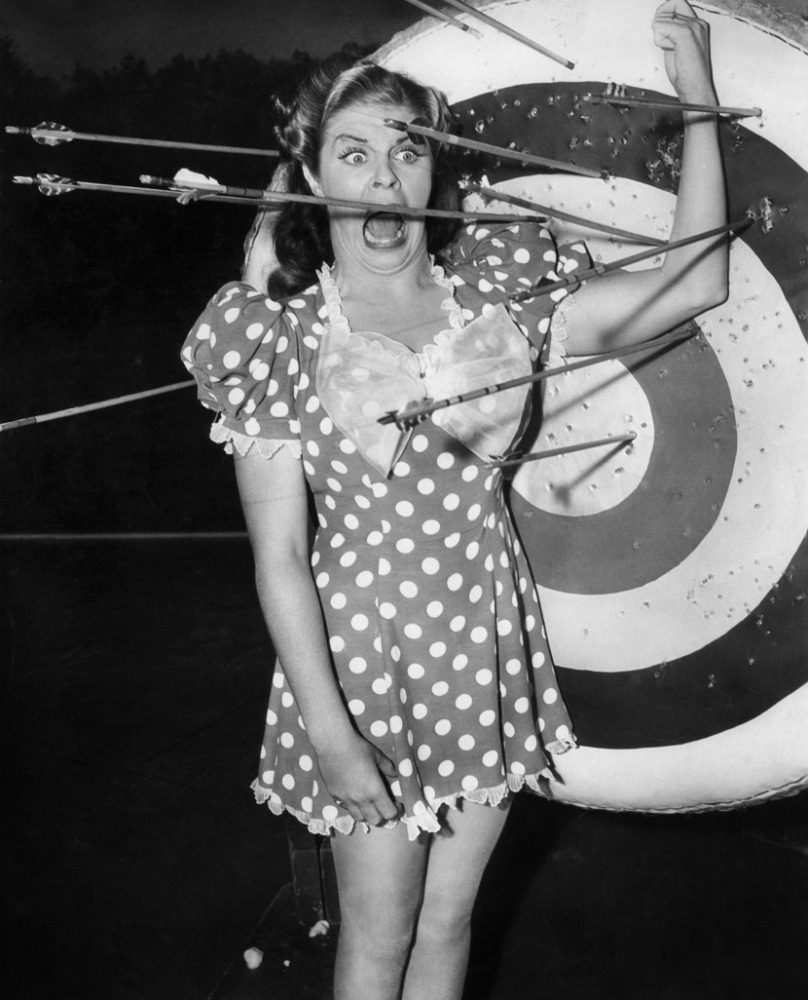
One of the most famous practitioners of what might be called the Cinema of the Absurd was Mack Sennett. He specialized in the creation of a violently mad world whose mode of living was speed and lots of it. With an almost endless succession of celluloid holocausts Mack quickly established himself as one of the twentieth century’s more individual artisans. His contribution to our culture was primarily a new definition of the term “slapstick”. He also managed to demonstrate a monumental lack of concern with camera angles, cover shots, retakes, stories and other paraphernalia of movie-making in his single-minded pursuit of laughter and perhaps money.
Using similar artistic principles, Ole Olsen and Chic Johnson during the ‘twenties and ‘thirties made a parallel contribution to the Theatre of the Absurd. Long before this term was officially coined, Olsen and Johnson were producing the material that it designates. Their pandemonium ruled the vaudeville stages of North America for several decades, but it was only in the early ‘forties that they turned their talents to the cinema. Although these two vaudevillians did not become prolific movie-makers, they did manage to turn out a holocaust or two. They made the Sennett brand of madness seem quite tame when they produced a film called Hellzapoppin. In this film, following the example of Sennett, Olsen and Johnson doggedly set about creating their own cinematic rules. Playing insanely with space and time, they created what some people have called an amusing experience. Structured somewhat like a dream, somewhat like city life, and somewhat like the Second World War, Hellzapoppin might be likened to a bag of groceries the size of Chicago with the bottom continually falling out and no hope of repair in sight.
Hellzapoppin is revived continually in France and has achieved an enviable reputation with French connoisseurs of film comedy. However, on this side of the Atlantic the film is relatively unknown, those few writers familiar with it generally conceding that it has great comic moments. Personally, I find that the film’s moments of truth so closely parallel the travails of my daily life that I enjoy it more each time I think of it.
Notes by Robert McMillan

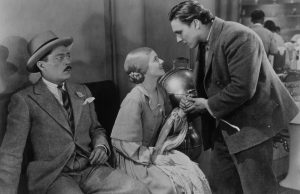
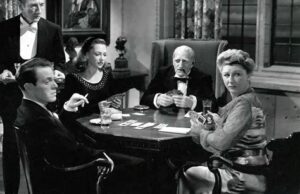
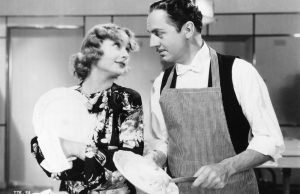






Leave a Reply